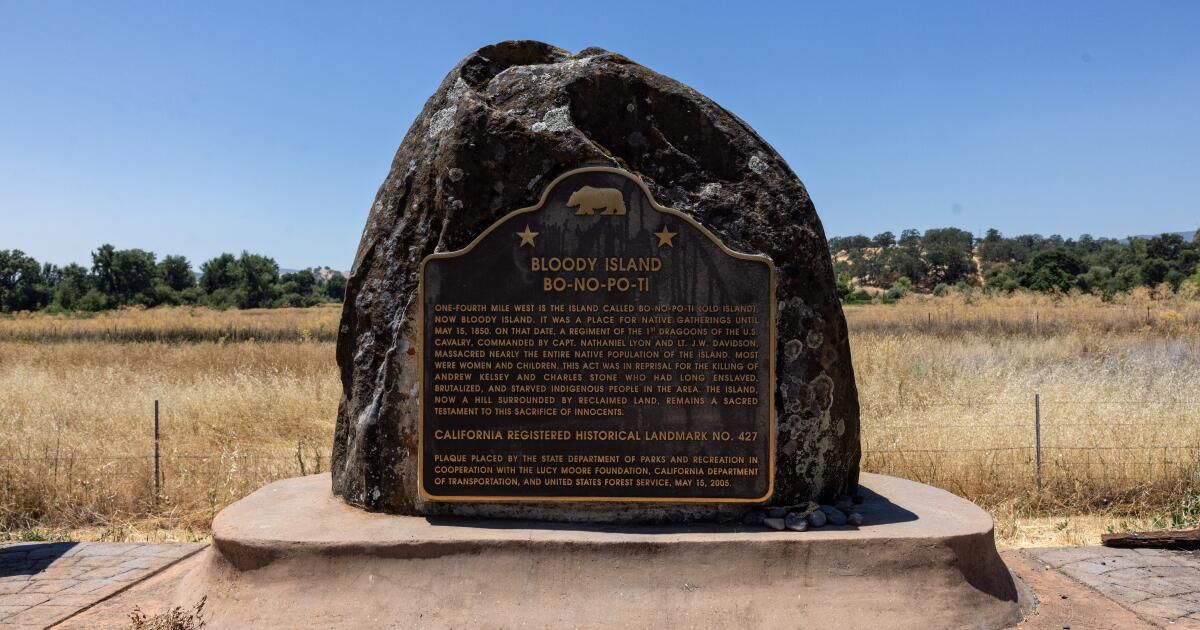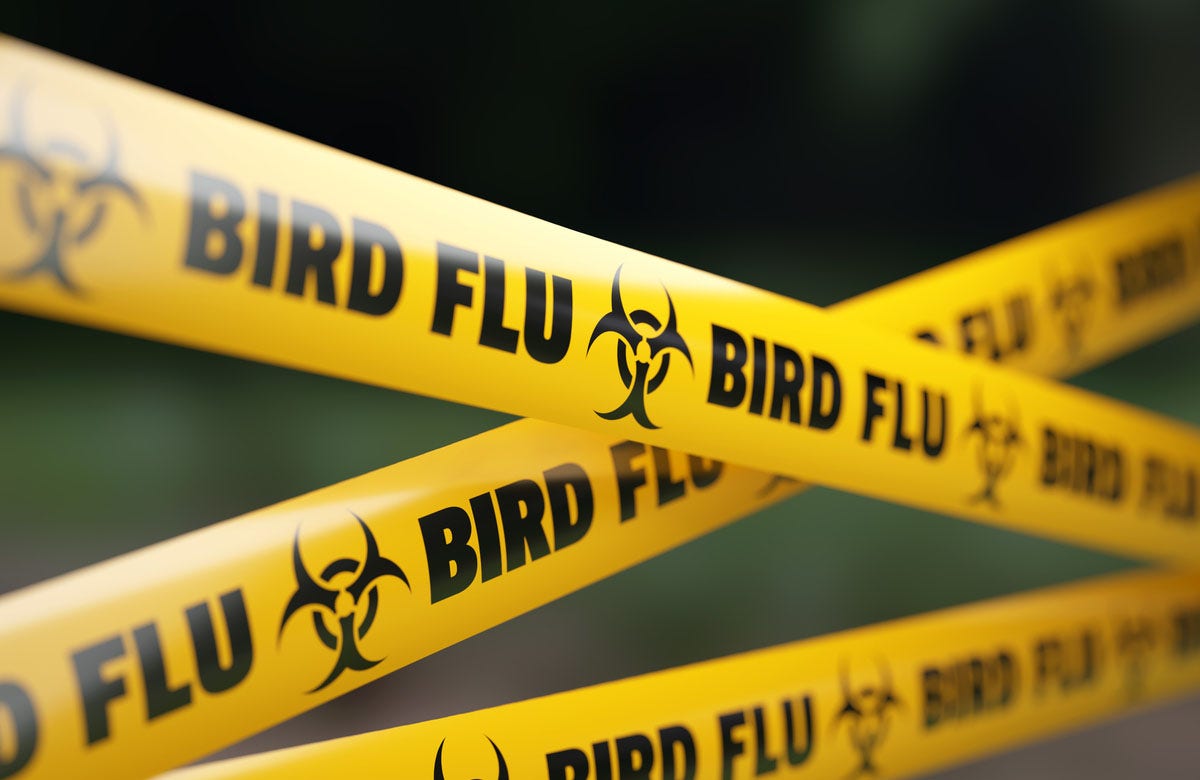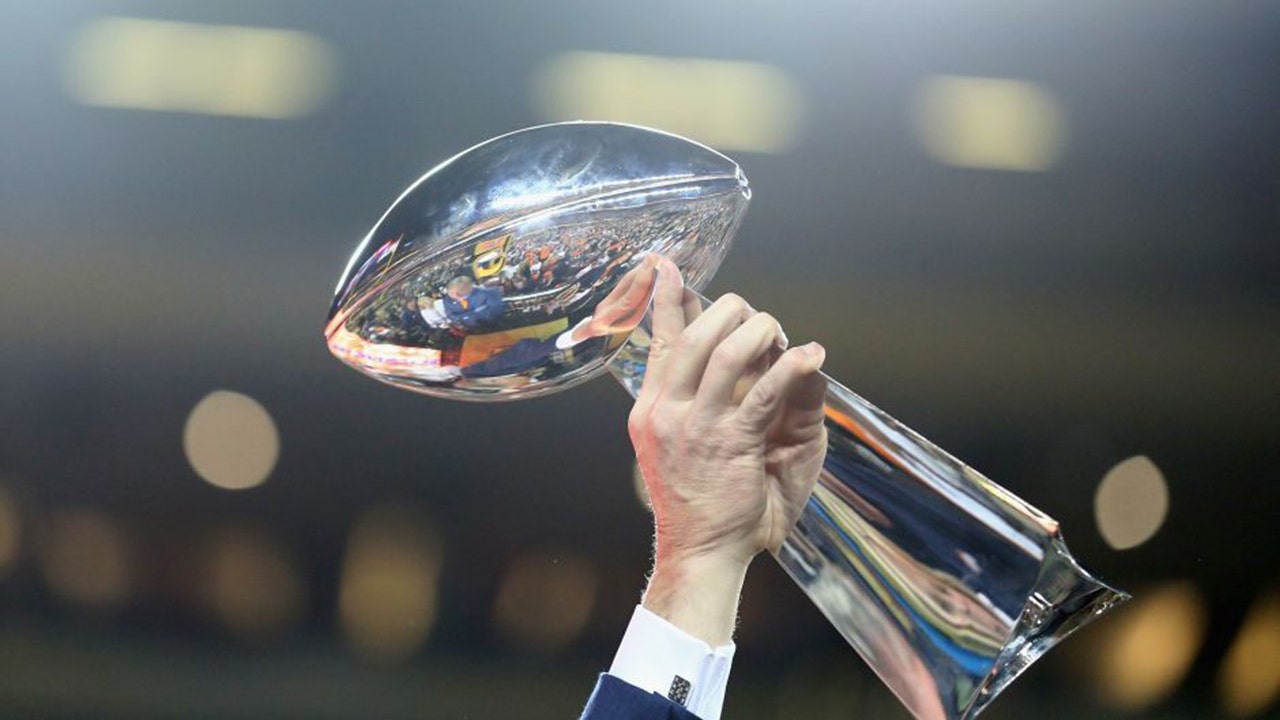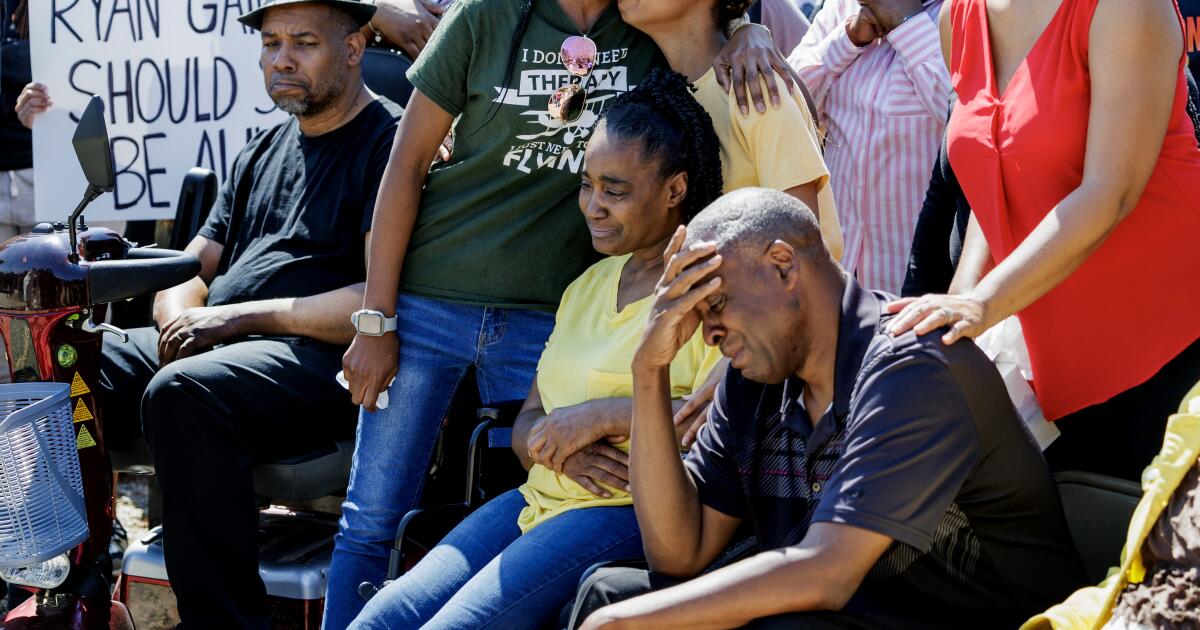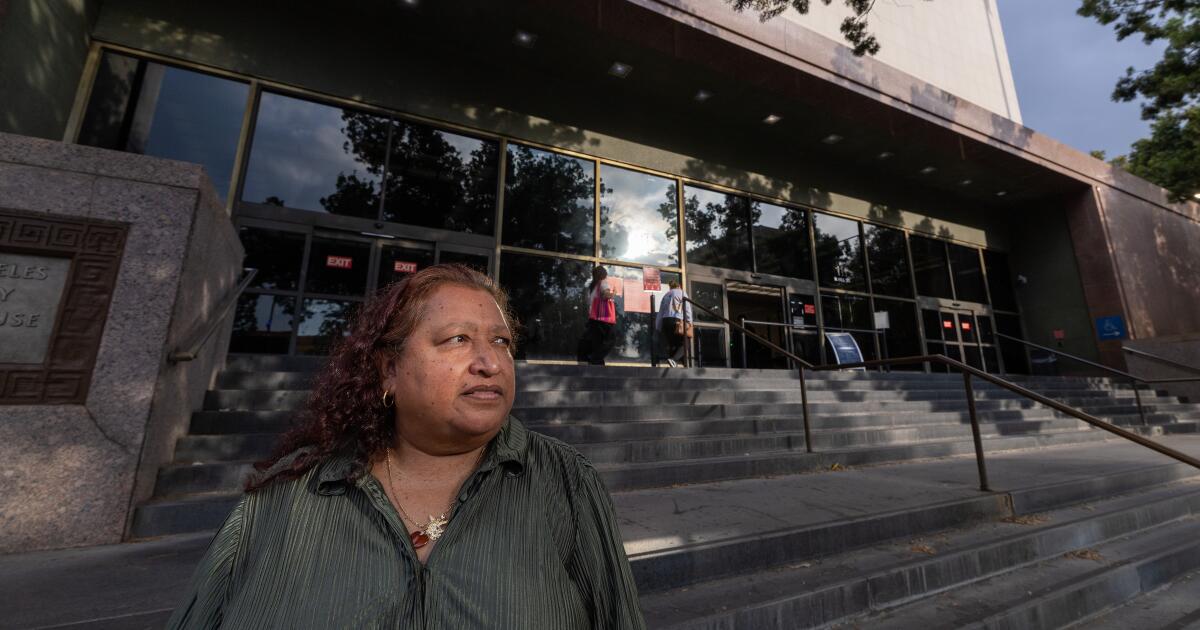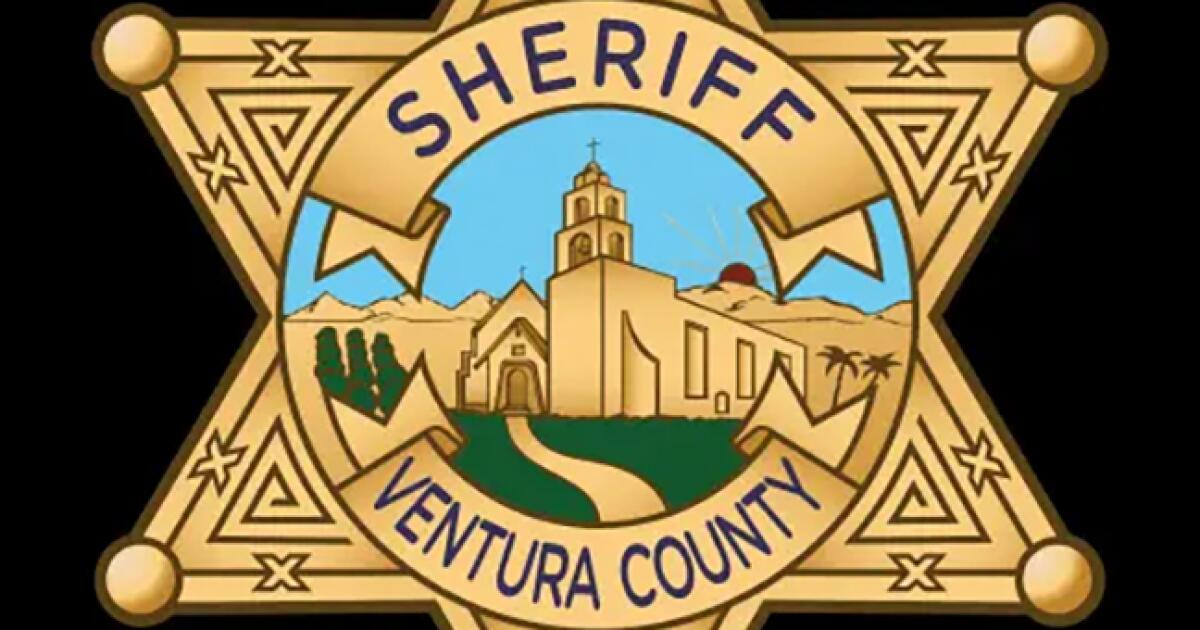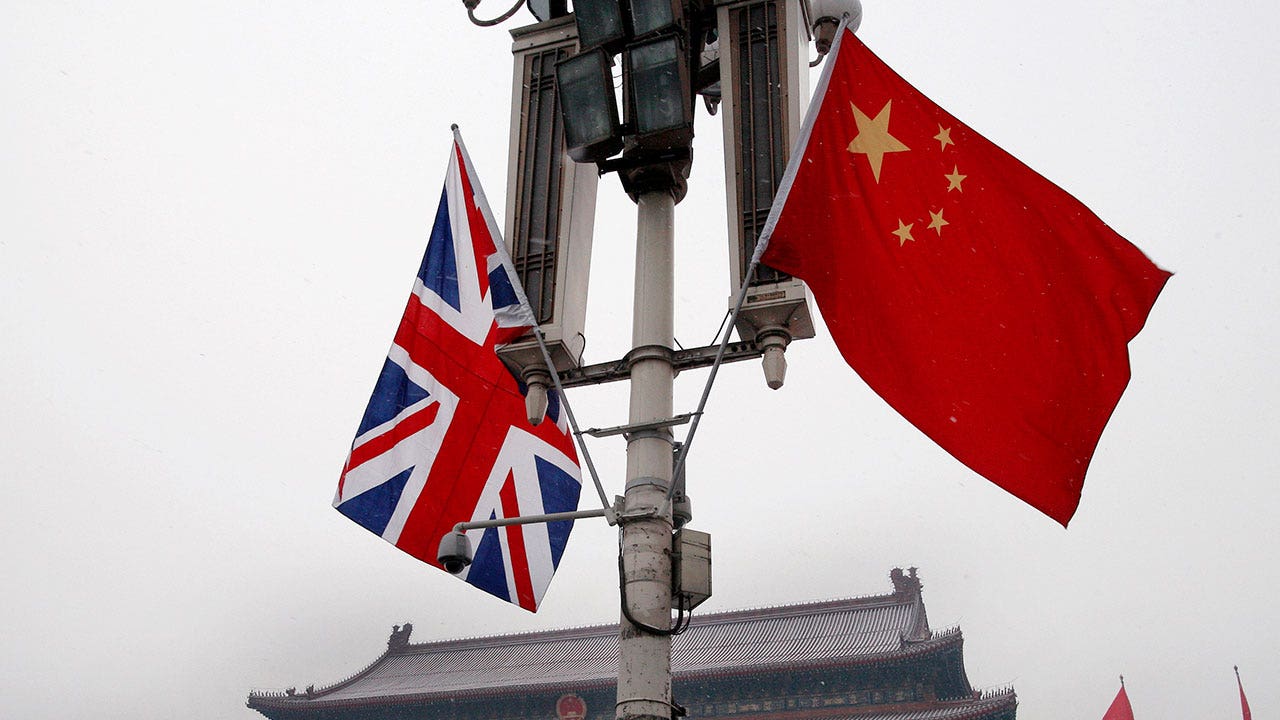The town of Kelseyville touts itself as one of Northern California's best-kept secrets: an idyllic wine-growing community overlooking the state's largest freshwater lake as well as a 4,305-foot, vegetation-covered volcano.
But a row has erupted over a proposal to change the city's name because of its history of violence against indigenous people.
Mountains rise above Konocti Vista Marina, just north of Kelseyville.
(Gary Coronado/Los Angeles Times)
The town is said to have taken its name from Andrew Kelsey, a notorious white settler who, with his business partner Charles Stone, brutalized Pomo villagers in the late 1840s, murdering men on a whim, raping women and young girls, trafficking children, and enslaving and starving members of the tribe.
“These guys were evil men,” says Duncan Clayton, an elder with the Robinson Rancheria Band of Eastern Pomo Indians. “They had absolute control by inflicting terror on the people.”
The Lake County Board of Supervisors has responded to calls from tribal and non-Indigenous residents to change the town’s name — and, by extension, confront this dark history — by placing a nonbinding advisory measure on the Nov. 5 ballot. It’s asking residents across the county to vote on whether Kelseyville should be renamed for the mountain that towers over the town, Konocti — a Pomo word meaning “Mountain Woman” that celebrates both the volcano and the area’s 14,000 years of Indigenous history.
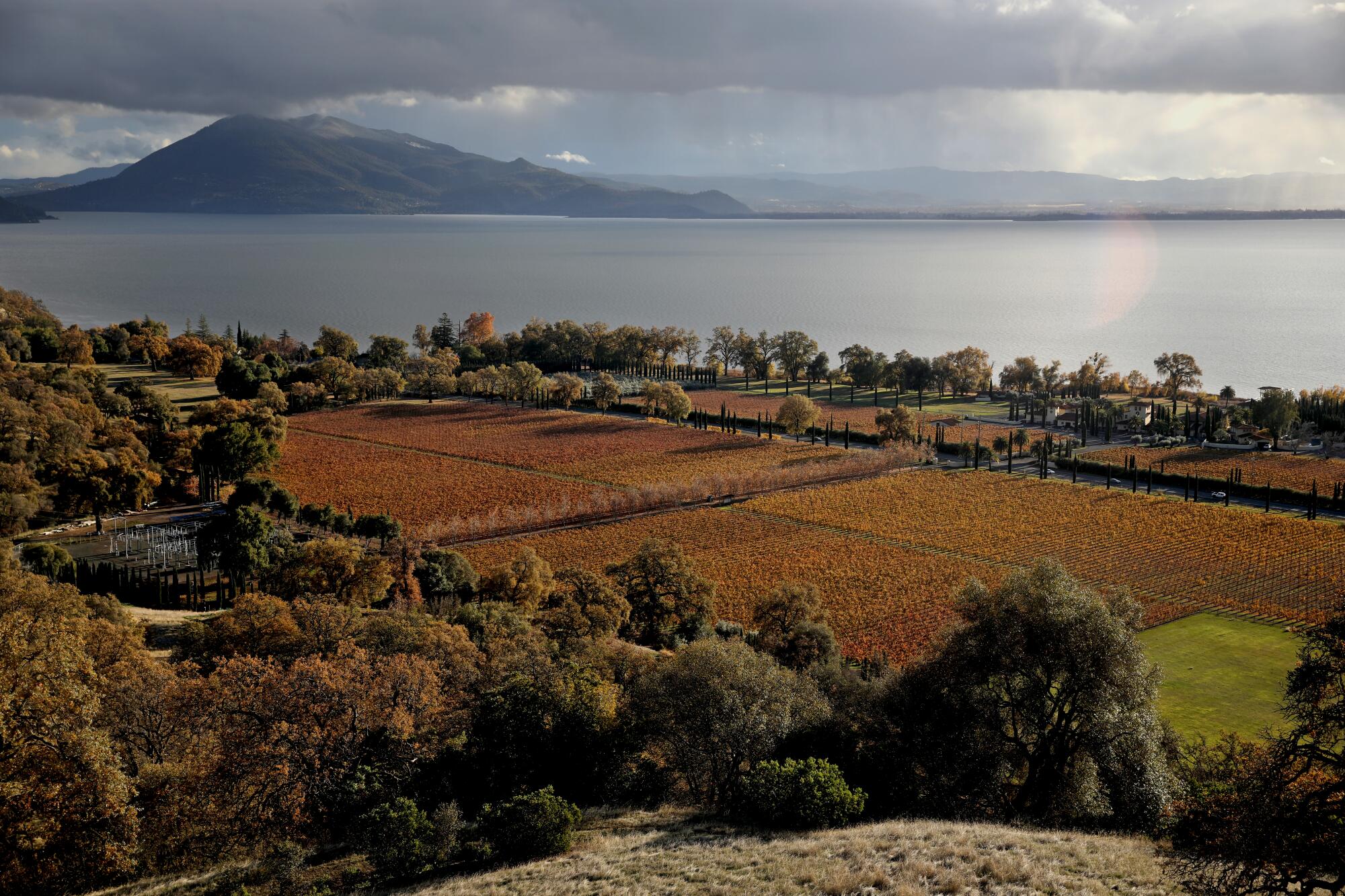
A vineyard stretches along the shores of Clear Lake as Mount Konocti rises in the background. Lake County residents will vote to change the name of Kelseyville to Konocti.
(Gary Coronado/Los Angeles Times)
Even if voters reject the measure, the board has indicated it could still move forward with recommending the change to the U.S. Geographic Names Office, which has authority over the naming process because Kelseyville is in an unincorporated part of Lake County and lacks its own government.
Few of Kelseyville’s 3,800 residents dispute that Andrew Kelsey was a cruel man who seemed to take pleasure in mistreating Native Americans. He and one of his brothers, Ben Kelsey, were also infamous in their time, according to a research paper by historian and archaeologist John Parker. The paper was presented to the Lake County Historical Society in 2021 and can be viewed on YouTube.
Fed up with the abuses, members of the tribe banded together and executed Andrew Kelsey and Stone. Parker found that accounts of how they were killed and what happened next vary. What is clear, however, is that the killings set off a wave of retaliatory attacks orchestrated by Kelsey’s brothers, armed vigilantes, and the U.S. Army. The attacks culminated in the “Blood Island Massacre” on May 15, 1850, when cavalrymen massacred hundreds of Native American villagers at Clear Lake.
The attackers stormed a ceremonial meeting place on an island at the northern end of the lake called Bo-No-Po-Ti, chasing women, children and the elderly with bayonets as they fled for refuge in the swamps.
Duncan's great-grandmother, Lucy Moore, was just 6 years old when American soldiers and self-appointed avengers laid siege to her and other villagers.
For 25 years, Duncan has led a spring sunrise ceremony at the lake to commemorate the massacre, inviting attendees to offer forgiveness for what Kelsey, and his accomplices like her brother, and the U.S. did to their ancestors.
He sees the violence as rooted in greed, white supremacy and a deep hatred of indigenous peoples that resonated in the proclamations of elected officials of the time, including California’s first governor, Peter Hardeman Burnett, who publicly mused about the need to wage a “war of extermination” against the state’s tribes.
“It was murder and robbery, plain and simple,” Duncan said recently by phone. “We were in the way of their greed and in the way of this whole land.”

Bo-No-Po-Ti, the site of the Blood Island Massacre, stands in a field. When the mass killing of Indians took place there on May 15, 1850, the site was surrounded by water and swamps. The area has since been drained.
(Jason Armond / Los Angeles Times)
It’s a sentiment reflected in the 2016 book “An American Genocide: The United States and the California Indian Catastrophe.” Author and UCLA historian Benjamin Madley wrote that those who committed atrocities like the Blood Island Massacre were part of a “killing machine” made up of state and federal authorities, volunteers and hired mercenaries. Like Spanish and Mexican colonizers before them, American settlers believed that God had decreed their right to California’s natural wealth and that indigenous people stood between them and unlimited prosperity.
The swampy spot where the massacre took place is now dry land, barely noticeable to visitors save for a roadside historical marker describing the tragedy. But tribal leaders say removing “Kelseyville” will give Native residents a new way to seek healing from a historical trauma that remains fresh in their hearts and minds.
The effort to change the city’s name began in 2020 as a result of meetings between concerned county residents who later formed the group Citizens for Healing. Last year, committee co-founder Lorna Sides formally submitted the request for change to the BGN, sparking intense public debate.
Sides, 72, says she was recently approached by a pair of residents on the street who accused her of harming the close-knit town.
Sides, who is white and not affiliated with any tribe, says she has only one regret.
“I'm sorry this has turned into a battle,” he said.
While some opponents say the change would be too costly for the small community to implement, and too burdensome for those whose livelihoods depend on the name recognition that comes with “Kelseyville,” there are others who do not believe renaming the town would be the proper salve for acts of dispossession that unfolded on a massive scale.
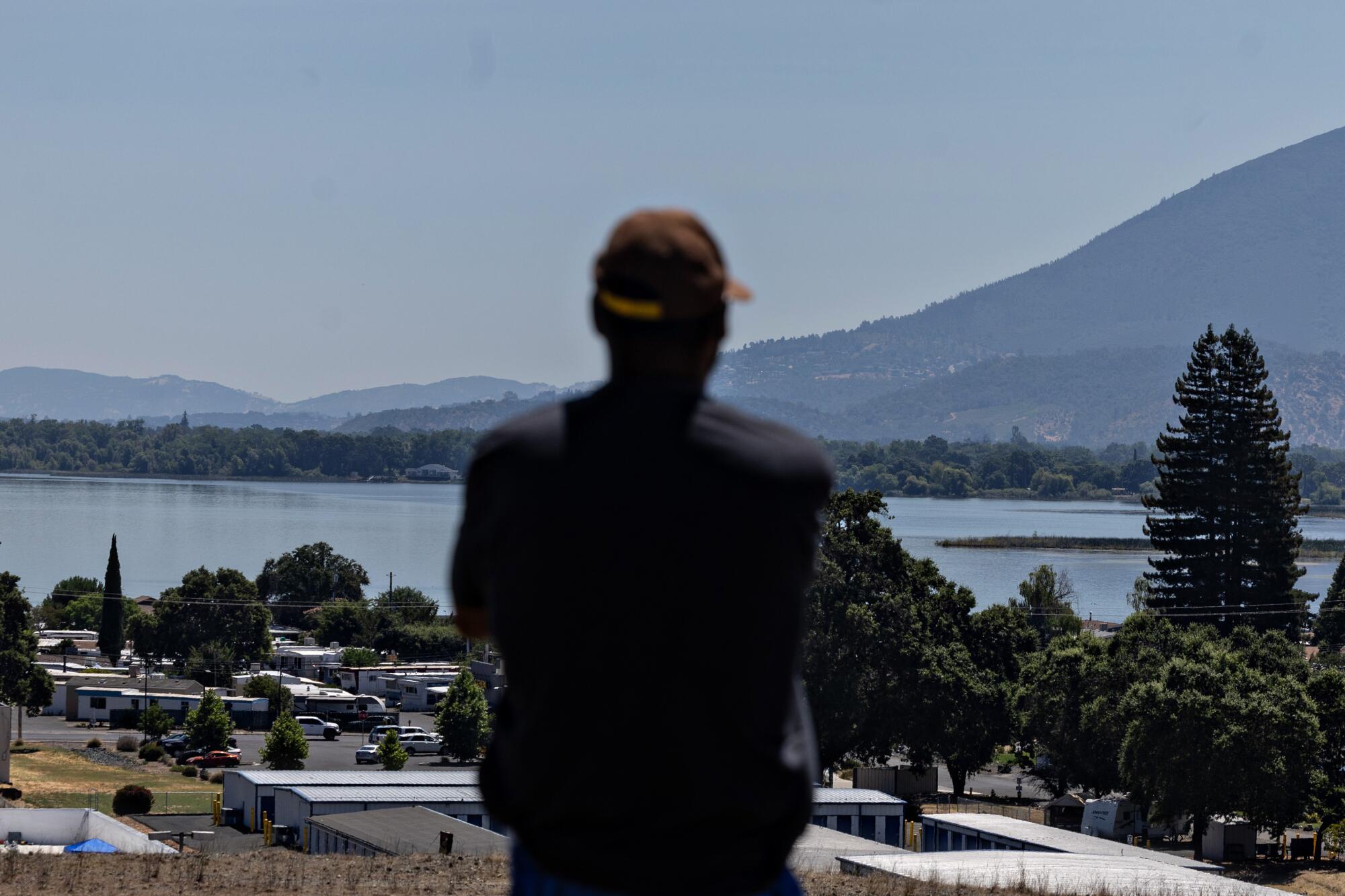
A view of Clear Lake in July.
(Jason Armond / Los Angeles Times)
Local residents and business owners formed the group Save Kelseyville to counter Sides and others who say change is needed to help right past wrongs.
“Changing the name of Kelseyville will not change the past,” the group wrote on its website. “This initiative has divided our community rather than offering a solution. The platform to talk about the past can disappear with the name. It is better to educate about history rather than try to erase it.”
Kelseyville isn’t the only town in the region grappling with its name. Further west on the Pacific Coast, a group called Change Our Name Fort Bragg has undertaken a similar initiative, arguing that the town’s name honors a slaveholding Confederate general named Braxton Bragg and commemorates a military installation “that facilitated genocide, ethnic cleansing and involuntary servitude of indigenous peoples,” according to the group’s Facebook page.
Given how the Kelseys sought to deprive Native people of their ancestral connection to their homeland further inland, it’s disheartening to see people in 2024 defending the Kelseyville name, says Duncan’s nephew, Lake County Supervisor Chairman Eddie Crandell. He’s also vice president of the Robinson Rancheria Citizens Business Council.
While the board has been criticized by some for ordering a countywide vote rather than limiting the choice to Kelseyville, and by others for not taking direct action to change the name, Crandell says it's only fair to allow voters countywide to participate, given that descendants of those harmed by the Kelseys don't just live in Kelseyville.
Crandell says she feels an obligation to her four children and their ancestors to support the change, which she hopes will foster a greater appreciation for some of the first peoples who inhabited Northern California. She says she was barely 30 when she began learning about her Pomo culture, because much of that history had been whitewashed in school lessons.
“[Opponents] “Saying you can’t change history, when will that end? I have the same question,” says Crandell, 47. “When will we end being ignored and not being taught our true history?”
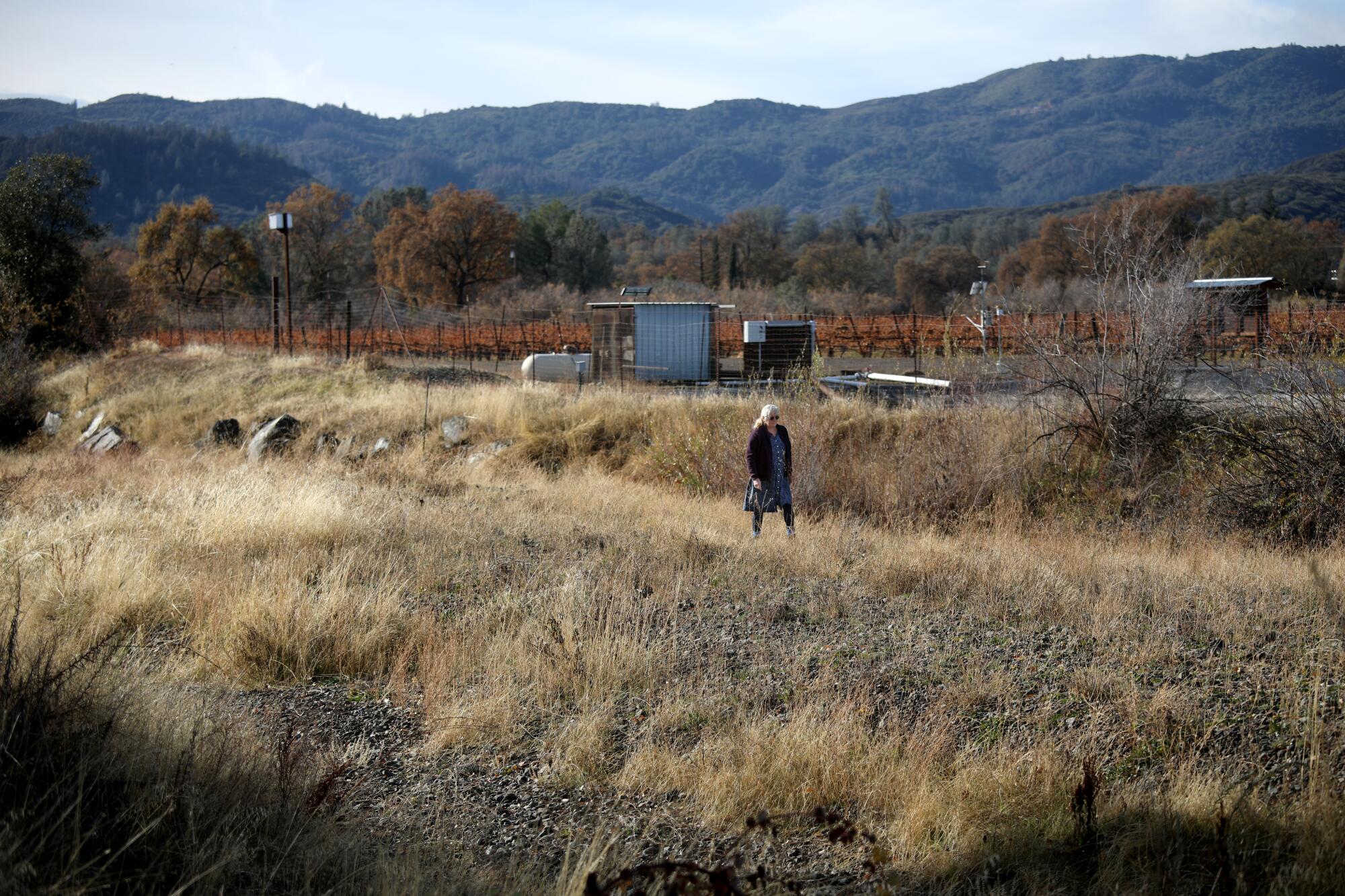
A woman walks in the dry Adobe Creek in Kelseyville in December 2022.
(Gary Coronado/Los Angeles Times)
Not all Lake County Native Americans feel the same way about the name change.
Flaman McCloud Jr., president of the Big Valley Rancheria of Pomo Indians, said some are indifferent or don't see the value in living in the past.
Others, McCloud says, worry about antagonizing the city’s mostly white population when Native Americans make up less than 2%. He, too, has felt apprehensive at times about speaking publicly about an issue that stirs up long-standing racial tensions.
“This county is rural, with cowboys and Indians,” said McCloud, 45. “It’s still that way. I worry about what will happen to my kids if that happens.”
“But if we don’t,” McCloud says, “we will continue to be viewed as second-class citizens.”

